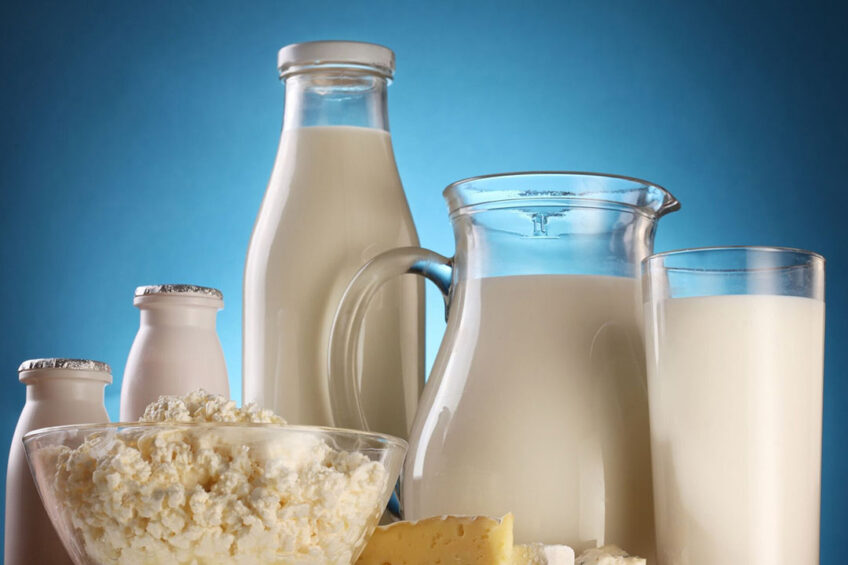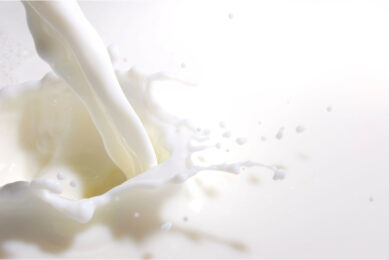Baltic dairy faces tough times due to rising energy bills

As energy prices have reached some of the highest levels in Europe, dairy plants in Latvia and Lithuania complain about a worsening economic environment.
In the first half of 2022, Lithuanian dairy plants exported 27.7% fewer products to non-EU countries compared with the same period of the previous year, estimated Egidijus Simonis, head of the Lithuanian dairy union, Pieno centras. He claimed that Lithuanian dairy plants are among the most modern in Europe, but the energy crunch impacted the country more severely than other European states.
“As our dairy industry experiences significantly higher energy costs than other countries, it becomes challenging to compete in export markets,” said Simonis.
Dairy companies in Lithuania use around 160,000 MWh of electricity annually. Last year, they paid €13 million in energy bills. In 2022, this figure is projected to stand at €50 million.
In the EU, Lithuania exports its dairy products to Germany, Poland, Latvia, Italy, the Netherlands and Estonia. Most of these countries embark on various state support schemes to bolster dairy production. The Lithuanian Food Industry Association has also asked the government to partly offset the rise in electricity prices for businesses, but so far, no state aid has been allocated.
Latvia dairy
Dairy producers are also laying their hopes on state aid in neighbouring Latvia where financial conditions of several large dairy plants are now described as dire, said Janis Šolks, the chairman of the Union of Latvian Dairy Workers.
In early October, the Elpa dairy plant became insolvent and another one, Limbažu siers, announced that it had limited operation.
“It is still premature to predict that Elpa and Limbažu siers will be followed by other companies,” Sholks said. “But the very fact that some of the market players are already insolvent is a bad signal.”
Currently, most Latvian dairy plants work “on the edge of their financial capabilities,” Šolks warned. There is no understanding of what production in what quantities Latvian dairy plants will manufacture in the following months. The price of energy is the main unknown in this equation, according to Šolks.
“We see a decline in demand for all types of products, and, according to the latest information, there is a range of products that we no longer produce. The stores are not ready to take them due to a lack of demand from customers,” Šolks said, adding that due to the Russian invasion of Ukraine and an inflow of refugees, the number of customers in the country has increased slightly, but their average purchasing power is noticeably lower than it was the last year.
Join 13,000+ subscribers
Subscribe to our newsletter to stay updated about all the need-to-know content in the dairy sector, two times a week.










